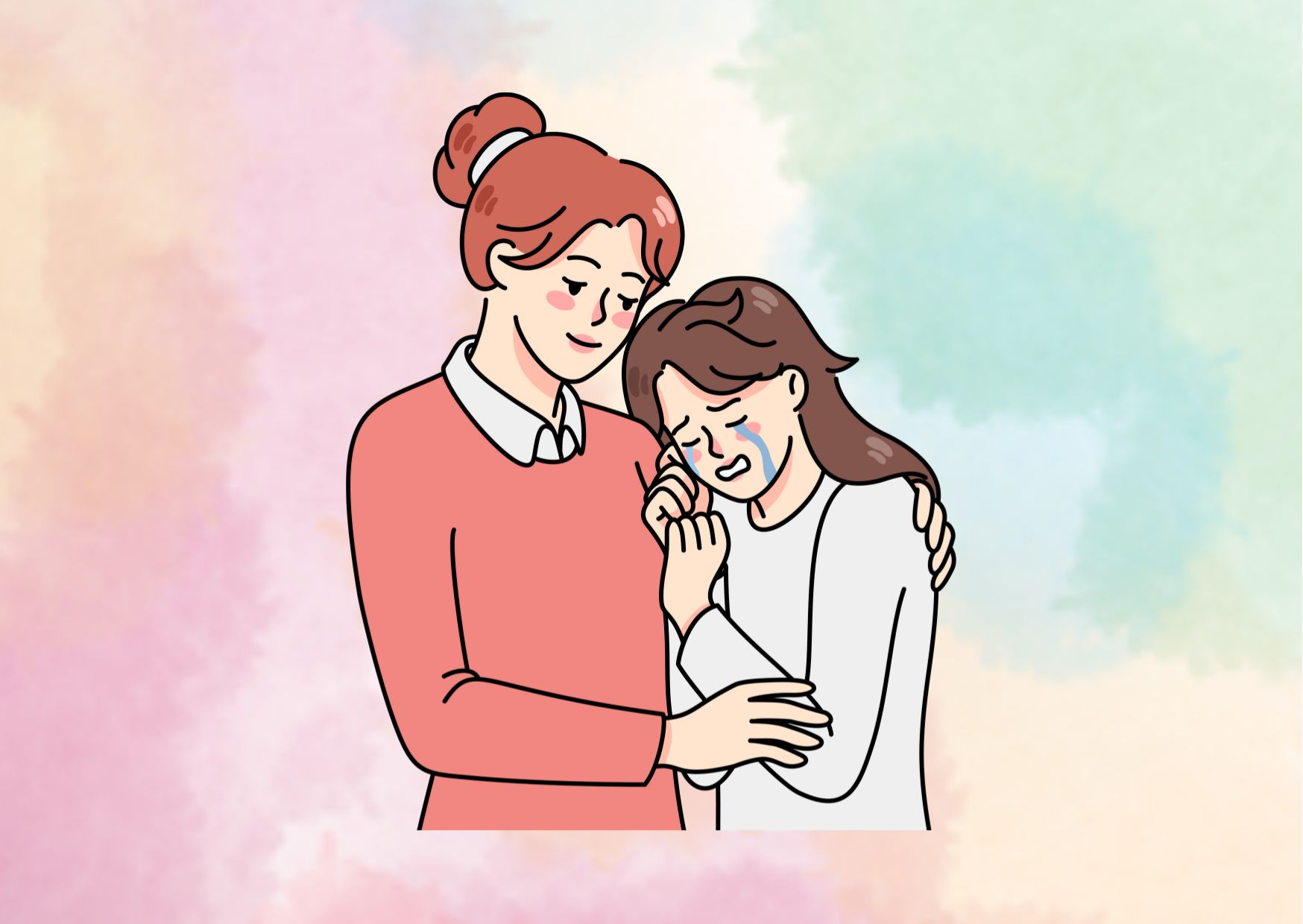Exploring the Depths of Psychological Attachment Theory: What You Need to Know
The human desire for closeness and connection is a profound psychological need that shapes our relationships and development from infancy to adulthood. At the heart of this lies attachment theory, which explores the deep emotional bonds we forge with others, particularly our primary caregivers in childhood. According to this theory, our experiences with attachment figures like parents or guardians lay the foundations for future relationships, resilience, and even separation anxiety.
This article delves into the intricacies of psychological attachment, unpacking its various styles and patterns. We’ll investigate the stages of attachment development, examine factors influencing its formation, and shed light on the theory’s implications across domains like parenting and intimate relationships. While acknowledging critiques, we aim to provide a comprehensive understanding of this pivotal psychological concept and its enduring impact on human connections.
What Is Attachment Theory?
Attachment theory is a psychological and evolutionary theory that explores the profound emotional bonds and relationships between people, particularly those formed in early childhood between a child and their primary caregiver. At its core, it seeks to understand the deep-rooted human need for closeness, security, and emotional connection.
Definition of Attachment Theory
Attachment can be defined as the enduring emotional closeness that binds families and prepares children for independence and parenthood. It is characterized by clear behavioral and motivation patterns, where children seek proximity to their caregivers, especially in times of distress, to receive comfort and care.
History and Key Contributors (Bowlby, Ainsworth, Harlow)
The foundations of attachment theory were laid by British psychologist John Bowlby in the 1950s. Bowlby suggested that early attachment experiences create “internal working models” – lifelong templates that shape our preconceptions about the value and reliability of relationships, both close and otherwise.
- John Bowlby: Bowlby believed that children are born with an innate drive to form attachments with caregivers, contrary to earlier theories that viewed attachment as a learned behavior. His work focused on understanding the anxiety and distress children experience when separated from their caregivers.
- Mary Ainsworth: In the 1970s, American psychologist Mary Ainsworth expanded on Bowlby’s work through her groundbreaking “Strange Situation” study. She identified three distinct attachment styles – secure, ambivalent, and avoidant – based on children’s reactions to separation and reunion with their mothers.
- Harry Harlow: Harlow’s infamous studies on maternal deprivation and social isolation in the 1950s and 1960s also explored early bonds. His experiments with rhesus monkeys demonstrated the powerful impact of attachment on behavior and functioning, challenging the notion that attachment was solely driven by feeding.
Importance of Early Childhood Bonds
Attachment theory emphasizes the critical role of early childhood bonds in shaping an individual’s social, emotional, and cognitive development. A secure attachment, characterized by a caregiver’s sensitive and responsive behavior, provides children with a sense of safety and a secure base from which to explore their environment.
| Attachment Style | Caregiver’s Behavior | Child’s Behavior |
| Secure | Sensitive, responsive | Explores freely, seeks comfort when distressed |
| Ambivalent | Inconsistent, unreliable | Clingy, distressed, difficulty exploring |
| Avoidant | Rejecting, unavailable | Avoids caregiver, shows little distress |
Research suggests that failing to form secure attachments during early childhood can have long-lasting negative impacts, such as lower self-esteem, reduced self-confidence, and difficulties in forming healthy relationships later in life. Conversely, children with secure attachments often exhibit improved socialization, academic performance, and overall well-being.
Stages of Attachment Development
The development of attachment bonds between infants and their caregivers is a gradual process that unfolds in distinct stages. Researchers have identified the following key phases:
Pre-attachment Stage (Birth to 3 Months)
- From birth to around 3 months, infants do not exhibit any particular attachment to a specific caregiver.
- During this phase, the infant’s signals, such as crying and fussing, naturally attract the attention of caregivers.
- The baby’s positive responses, like smiling, encourage the caregiver to remain close and provide care.
Indiscriminate Attachment (6 Weeks to 7 Months)
- Between 6 weeks and 7 months of age, infants begin to show preferences for primary and secondary caregivers.
- They develop trust that the caregiver will respond to their needs and start distinguishing between familiar and unfamiliar people.
- While infants still accept care from others, they respond more positively to the primary caregiver during this phase.
Discriminate Attachment (7 to 11 Months)
- From approximately 7 to 11 months, infants show a strong attachment and preference for one specific individual, typically the primary caregiver.
- They will protest when separated from this primary attachment figure, exhibiting separation anxiety.
- Infants also begin to display anxiety around strangers, known as stranger anxiety.
Multiple Attachments (After 9 Months)
- After around 9 months of age, children start forming strong emotional bonds with other caregivers beyond the primary attachment figure.
- These additional attachments often include a second parent, older siblings, and grandparents.
- By 18 months, the majority of infants have formed multiple attachments with various caregivers who respond sensitively to their needs.
It’s important to note that while these stages provide a general framework, the specific timing and intensity of attachment development can vary among individual infants based on factors such as the caregiver’s responsiveness, the child’s temperament, and the overall caregiving environment.
Types of Attachment Styles
Attachment theory proposes four distinct attachment styles that shape how individuals form and maintain relationships throughout their lives. These styles emerge from the early interactions between infants and their primary caregivers, forming the foundation for future relational patterns.
Secure Attachment
Secure attachment is considered the healthiest attachment style, characterized by a strong emotional bond and a sense of trust between the child and caregiver. Children with secure attachments feel confident that their needs will be met and their distress will be soothed. They use their caregiver as a secure base from which to explore the world, seeking comfort when distressed, and accepting comfort when offered.
Securely attached individuals tend to exhibit the following characteristics:
- Self-worth and self-confidence
- Ability to form and maintain healthy relationships
- Balance between independence and interdependence
- Resilience and adaptability in relationships and life situations
- Empathy and emotional understanding
- Trust and optimism in relationships
Ambivalent/Anxious-Resistant Attachment
Ambivalent or anxious-resistant attachment stems from inconsistent or unreliable caregiving, where the child’s needs are sometimes met and sometimes ignored. These children crave intimacy but struggle with anxiety and distrust, fearing that their needs will not be adequately met.
Individuals with an ambivalent attachment style often display the following behaviors:
- Strong desire for closeness and intimacy
- Excessive clinginess and dependency
- Difficulty trusting their partner’s availability and responsiveness
- Preoccupation with the relationship and fear of abandonment
- Emotional dysregulation and amplified emotional responses
Avoidant Attachment
Avoidant attachment develops when caregivers are emotionally unavailable, rejecting, or dismissive of the child’s needs. Children with this attachment style learn to suppress their attachment needs and become self-reliant, avoiding emotional intimacy and vulnerability.
Characteristics of avoidant attachment include:
- Discomfort with emotional closeness and intimacy
- Excessive self-reliance and independence
- Difficulty trusting others and forming deep connections
- Downplaying the importance of relationships
- Emotional detachment and avoidance of emotional expression

